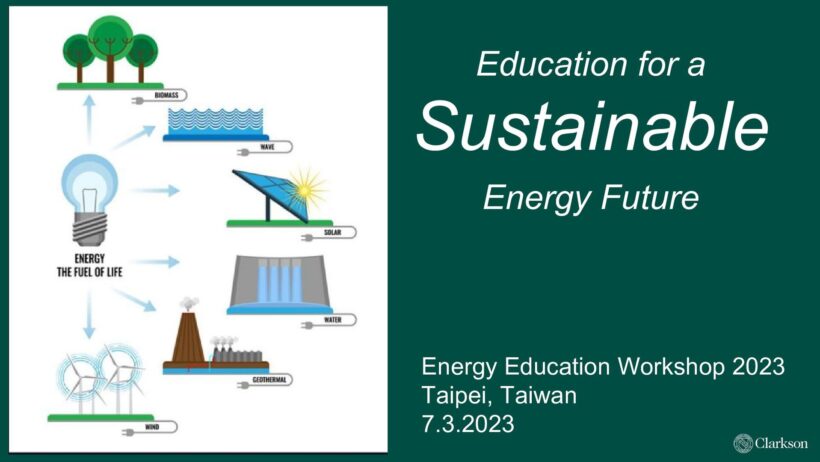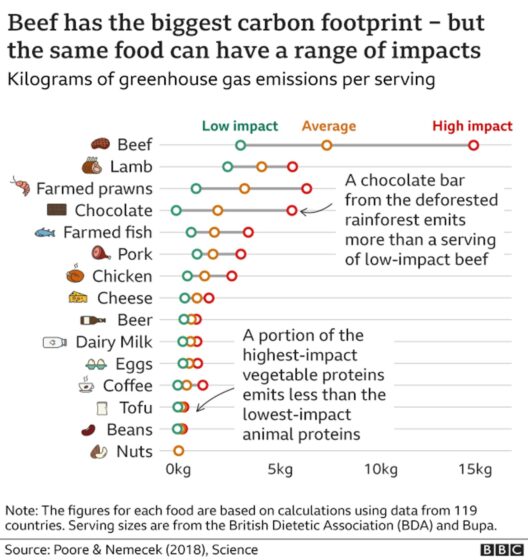Energy conservation in schools is a critical component of fostering an environmentally conscious generation. By implementing effective strategies to reduce energy consumption, schools not only mitigate their ecological footprint but also instill sustainable habits in students. As educational institutions, schools have a unique opportunity to lead by example, showcasing innovative practices that contribute to a sustainable future.
To effectively conserve energy, it is essential to analyze various domains within the school environment. The following sections outline multiple strategies that can be implemented, addressing everything from infrastructural enhancements to educational curricula.
1. Infrastructure Enhancements
The physical structure of a school plays a significant role in its energy consumption. Investing in energy-efficient building designs is paramount. Schools should consider:
- Green Building Materials: Utilization of sustainable materials can reduce energy loss. Materials with high insulation values minimize the need for heating and cooling.
- Natural Lighting: Designing classrooms to maximize natural sunlight not only boosts student productivity but also diminishes reliance on artificial lighting.
- Energy-Efficient Appliances: Schools should replace outdated electrical appliances with ENERGY STAR rated models, which consume considerably less power.
2. Behavioral Changes Among Students and Staff
Energy conservation is not solely reliant on physical structures; it requires a cultural shift. Engaging students and staff to adopt energy-efficient behaviors is crucial. Schools can:
- Establish ‘Energy Patrols’: Enable student-led committees to monitor energy consumption in classrooms and common areas, encouraging peers to turn off lights and electronics when not in use.
- Implement ‘No Power Days’: Designate specific days where electricity use is minimized. This could culminate in events that promote awareness about energy conservation.
- Promote Eco-Friendly Transportation: Encourage biking, walking, or carpooling to school, significantly reducing the carbon footprint associated with transportation.
3. Curriculum Integration
Education plays a pivotal role in cultivating awareness and understanding concerning environmental issues. Schools should consider integrating energy conservation into various subject areas:
- Science Classes: Introduce comprehensive modules that explain the principles of energy conservation, renewable resources, and the impact of energy consumption on the environment.
- Art and Technology Projects: Create assignments that task students with designing energy-efficient appliances or developing campaigns that promote conservation efforts.
- Extracurricular Programs: Establish eco-clubs that focus on hands-on projects, such as solar panel installations or community gardens, reinforcing the school’s commitment to sustainability.
4. Foster Community Partnerships
Collaborating with local businesses and organizations can amplify conservation efforts. Schools can:
- Engage Local Utilities: Partner with energy providers to create programs that offer incentives for energy reduction initiatives, such as grant funding for renewable energy projects.
- Involve Parents and the Community: Host workshops and informational sessions aimed at educating parents about energy conservation practices at home, establishing a comprehensive community approach.
5. Utilize Renewable Energy Sources
To truly embody the principles of sustainability, schools should explore options for harnessing renewable energy. This includes:
- Solar Panels: Installing solar panels on rooftops can greatly offset electricity costs, supply energy for school functions, and serve as a practical instructional tool.
- Wind Energy: If situated in areas with adequate wind patterns, schools could use small wind turbines to generate additional energy, further promoting the integration of renewable resources.
6. Monitoring and Feedback
Continuous assessment is essential in determining the effectiveness of energy conservation measures. Schools can implement:
- Energy Audits: Regular audits can identify areas where energy is being lost and provide actionable insights on improvements that could be made.
- Feedback Mechanisms: Utilizing technology, schools can track energy consumption in real time, sharing this information with staff and students to foster a transparent culture surrounding energy use.
7. Long-term Sustainability Goals
Energy conservation initiatives should not be viewed as short-term projects but rather as components of a long-term sustainable strategy. Schools can:
- Create Green Committees: Establishing committees that focus on long-range sustainability initiatives can ensure that energy conservation is a persistent priority.
- Set Clear Objectives: Schools should establish measurable goals for reducing energy consumption and periodically report progress to stakeholders.
In conclusion, conserving energy in schools is a multifaceted endeavor that requires a holistic approach. By combining infrastructural improvements, behavioral shifts, educational initiatives, community engagement, renewable energy exploration, monitoring practices, and long-term sustainability goals, schools can significantly contribute to an eco-friendly environment. Ultimately, fostering energy conservation habits in students not only benefits the institution but also equips the next generation with the knowledge and tools necessary for sustainability in a rapidly changing world.








